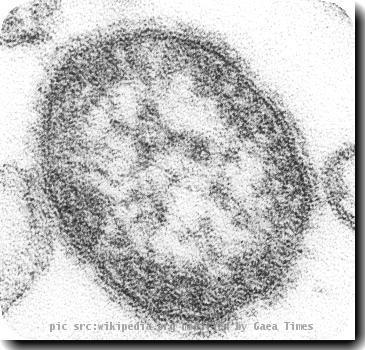Whooping cough in California has infected 4,000 and killed 9; infections continue to rise
By Shaya Tayefe Mohajer, APThursday, September 16, 2010
Calif. whooping cough: 9 dead, infections on rise
LOS ANGELES — State health officials reported Thursday that California is on track to break a 55-year record in whooping cough infections in an epidemic that has already claimed the lives of nine babies.
At least 4,017 cases of the highly contagious illness have been reported in California. Data from the Centers for Disease Prevention and Control show 11,466 cases nationwide, though the federal numbers are known to lag behind local reporting.
Whooping cough is a cyclical illness that peaks in number of infections every five years. Symptoms are similar to the common cold, making it a challenge to diagnose, which in turn makes it difficult for officials to determine if the worst has passed, said Dr. Gil Chavez, state epidemiologist for the California Department of Public Health.
A persistent cough that lasts weeks is the tell-tale symptom of the illness, which is also known as pertussis.
The state is on track to exceed the record 4,949 cases reported in 1955. The bacterial infection tends to peak during summer months, but infections could continue into coming weeks, said Chavez.
“When you have an epidemic, you have more cases circulating in our community” and there is increased opportunity for infection, he added.
The federal numbers for nationwide cases were last updated Sept. 12 and represent 519 more cases than the same period last year, according to the CDC.
All of the whooping cough-related deaths in California occurred in babies too young to be fully immunized against the illness, which is why parents and caretakers are being urged to get booster shots. Typically, babies are given a series of vaccinations, then receive booster shots between ages 4 and 6 and again after age 10.
Many parents forgo vaccines for their children because of concerns about autism, typically fueled by misinformation on the Internet, said Dr. Mark Sawyer, a University of California-San Diego professor and fellow of the American Academy of Pediatrics.
The vaccines against whooping cough are free of the additive thimerosal, a preservative containing mercury that has been the subject of a long-running public debate about whether it can cause autism.
A federal ruling in March said there was no connection between autism and thimerosal.
“We need to remember that vaccines are probably the biggest reason that so few of us lose our children when they are young,” said Dr. Patricia Samuelson, speaking on behalf of the California Association of Family Physicians. “They used to say in this country, ‘Don’t count your children until after they’ve had measles’ because so many would die.”
An Associated Press analysis found that 127 of the 7,174 public and private schools in California reported 2009 whooping cough immunization rates of 50 percent or less for kindergartners.
Health officials also are asking everyone over 6 months of age to get a flu vaccine this year, expanding previous guidelines that targeted vulnerable populations. The recommendation reflects federal guidelines.
This year’s influenza vaccine, Trivalent, will protect against the H1N1 virus, and two other strains of the virus, said Chavez.
In the past, flu vaccines were encouraged for immune-compromised populations, like the elderly.
The state is now experiencing sporadic flu activity, which is expected to increase in fall and winter.
Statewide, 1.8 million free vaccinations will be given through the Vaccines for Children program, and another 800,000 free doses are being distributed to local health departments.
Tags: California, Child And Teen Health, Developmental Disorders, Diseases And Conditions, Epidemics, Immunizations, Infectious Diseases, Los Angeles, North America, Public Health, United States

